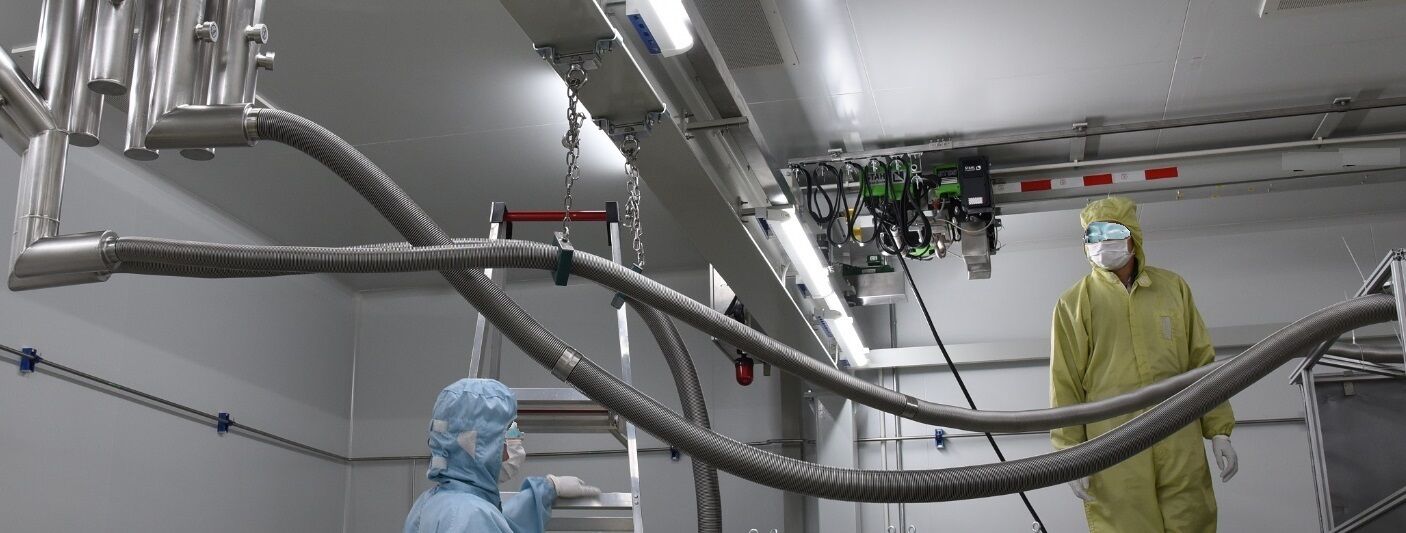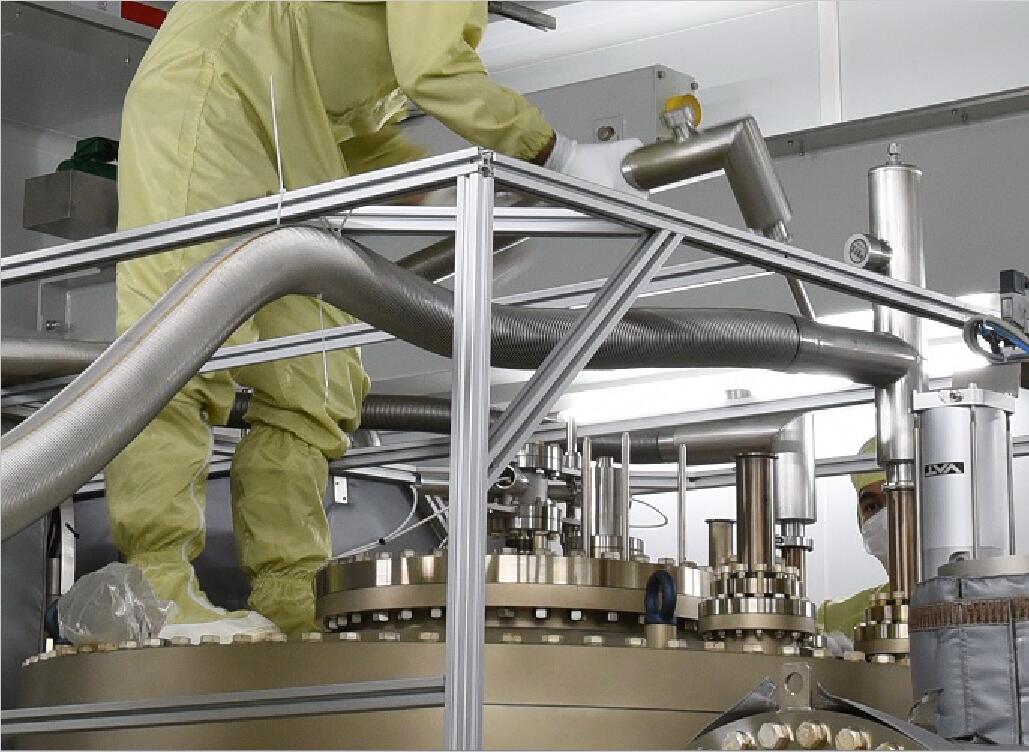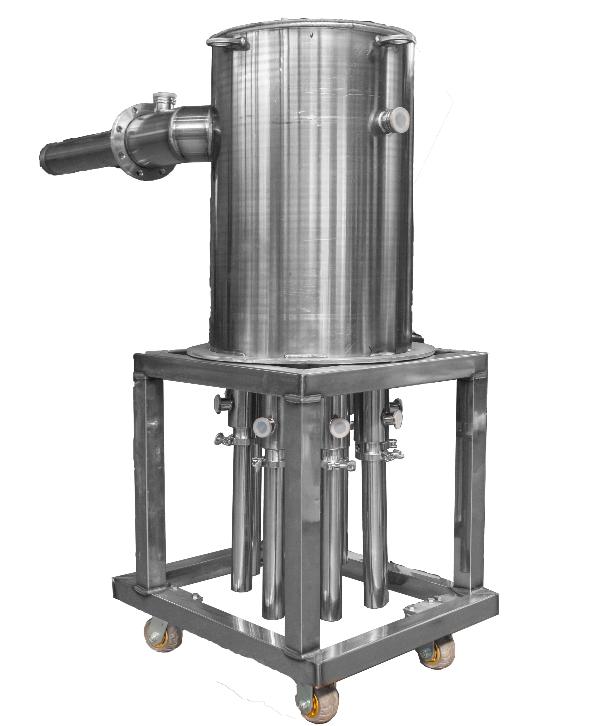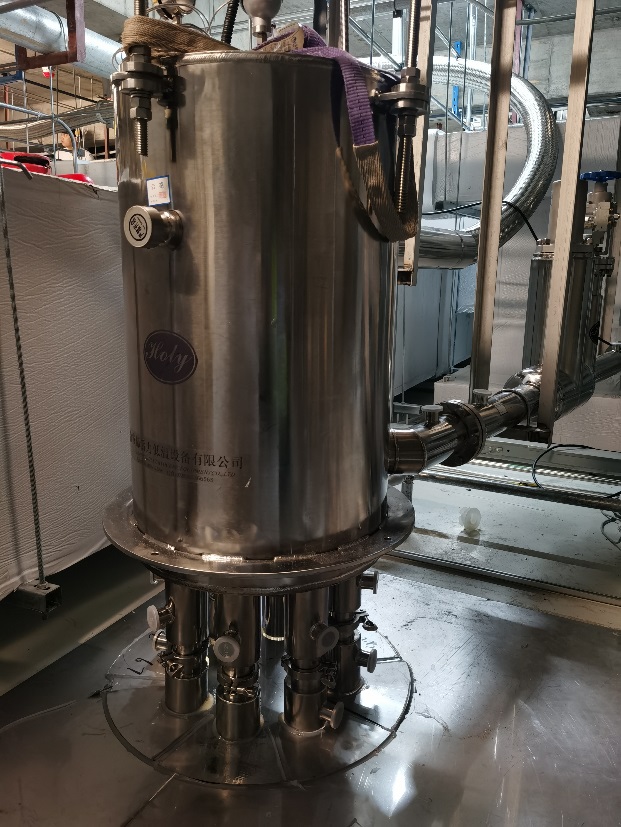Brief of Molecular Beam Epitaxy (MBE)
The technology of Molecular Beam Epitaxy (MBE) was developed in the 1950s to prepare semiconductor thin film materials using vacuum evaporation technology. With the development of ultra-high vacuum technology, the application of technology has been extended to the field of semiconductor science.
The motivation of semiconductor materials research is the demand for new devices, which may improve the performance of the system. In turn, new material technology may produce new equipment and new technology. Molecular beam epitaxy (MBE) is a high vacuum technology for epitaxial layer (usually semiconductor) growth. It uses the heat beam of source atoms or molecules impacting single crystal substrate. The ultra-high vacuum characteristics of the process allow in-situ metallization and growth of insulating materials on newly grown semiconductor surfaces, resulting in pollution-free interfaces.


MBE Technology
The molecular beam epitaxy was carried out in a high vacuum or ultra-high vacuum (1 x 10-8 Pa) environment. The most important aspect of molecular beam epitaxy is its low deposition rate, which usually allows the film to epitaxial grow at a rate of less than 3000 nm per hour. Such a low deposition rate requires a high enough vacuum to achieve the same level of cleanliness as other deposition methods.
To meet the ultra-high vacuum described above, the MBE device (Knudsen cell)has a cooling layer, and the ultra-high vacuum environment of the growth chamber must be maintained using a liquid nitrogen circulation system. Liquid nitrogen cools the device's internal temperature to 77 Kelvin (−196 °C). The low temperature environment can further reduce the content of impurities in vacuum and provide better conditions for the deposition of thin films. Therefore, a dedicated liquid nitrogen cooling circulation system is required for the MBE equipment to provide a continuous and steady supply of -196 °C liquid nitrogen.
Liquid Nitrogen Cooling Circulation System
Vacuum liquid nitrogen cooling circulation system mainly includes,
● cryogenic tank
● main and branch vacuum jacketed pipe / vacuum jacketed hose
● MBE special phase separator and vacuum jacketed exhaust pipe
● various vacuum jacketed valves
● gas-liquid barrier
● vacuum jacketed filter
● dynamic vacuum pump system
● Precooling and purge reheating system
HL Cryogenic Equipment Company has noticed the demand of MBE liquid nitrogen cooling system, organized technical backbone to successfully develop a special MBE liquid nitrogen cooing system for MBE technology and a complete set of vacuum insulated piping system, which has been used in many enterprises, universities and research institutes.


HL Cryogenic Equipment
HL Cryogenic Equipment which was founded in 1992 is a brand affiliated to Chengdu Holy Cryogenic Equipment Company in China. HL Cryogenic Equipment is committed to the design and manufacture of the High Vacuum Insulated Cryogenic Piping System and related Support Equipment.
For more information, please visit the official website www.hlcryo.com, or email to info@cdholy.com .
Post time: May-06-2021






